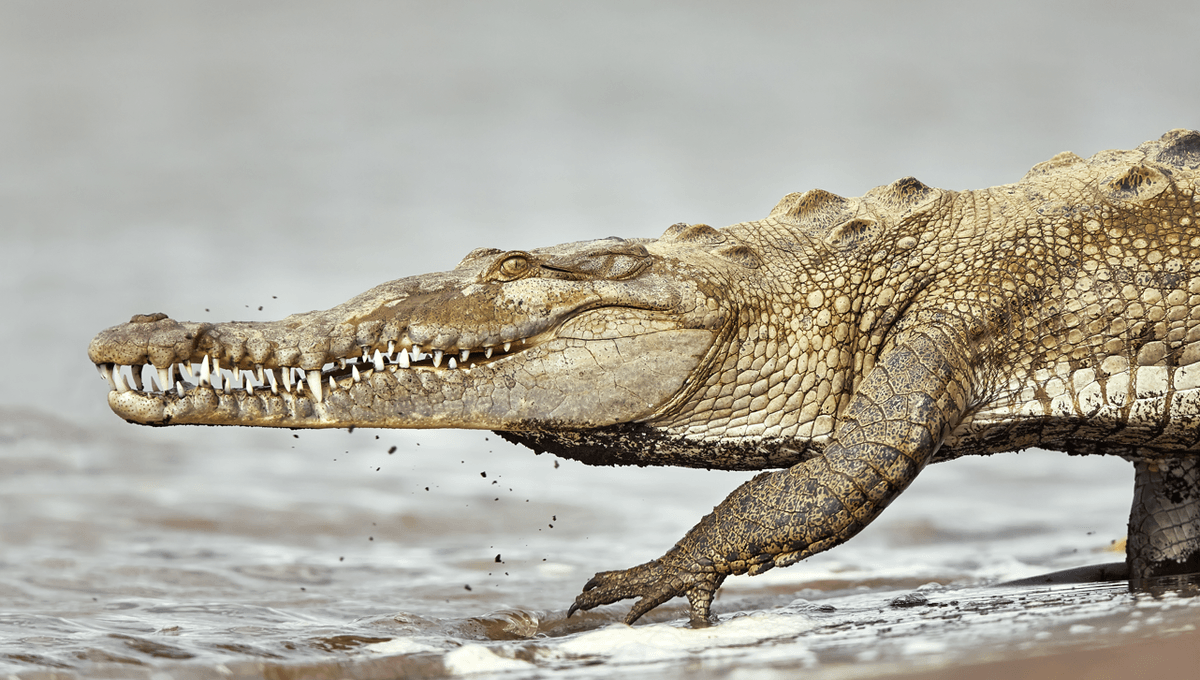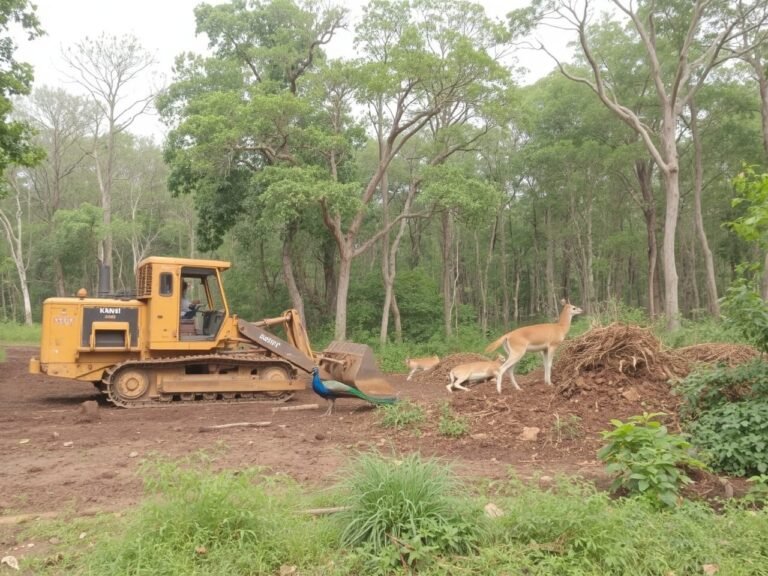Introduction:
In a surprising turn of events, a nuclear power plant in Florida has become an unlikely haven for American crocodiles. The Turkey Point Nuclear Power Plant, located in Homestead, Florida, has witnessed a remarkable boom in the population of these endangered creatures. This unusual phenomenon has raised eyebrows among wildlife experts and conservationists, who are eager to understand the reasons behind this unexpected success story.
The Unlikely Haven:
The Turkey Point Nuclear Power Plant, operated by Florida Power & Light (FPL), has been in operation since the 1970s. The plant’s cooling canal system, which stretches over 168 miles, has inadvertently created a unique ecosystem that supports a wide range of aquatic life. The canals, which are designed to cool the plant’s reactors, maintain a consistent water temperature, making them an attractive habitat for American crocodiles.
The American Crocodile: An Endangered Species
The American crocodile (Crocodylus acutus) is one of the most endangered crocodile species in the world. Listed as Vulnerable on the IUCN Red List, their populations have been declining due to habitat loss, hunting, and other human activities. In Florida, where the Turkey Point Nuclear Power Plant is located, American crocodiles are listed as Endangered under the Endangered Species Act (ESA).
The Crocodile Boom: A Surprising Discovery
In the early 2000s, FPL biologists began to notice a significant increase in the number of American crocodiles inhabiting the cooling canal system. The initial survey conducted in 2001 revealed a modest population of around 25-30 crocodiles. However, subsequent surveys in 2014 and 2019 revealed a staggering growth in the population, with estimates suggesting over 100 crocodiles now call the canals home.
Why the Turkey Point Canals?
So, what makes the Turkey Point canals such an attractive habitat for American crocodiles? According to experts, several factors contribute to this unusual phenomenon:
1. Stable Water Temperature: The cooling canal system maintains a consistent water temperature, which is ideal for American crocodiles. The temperature range, between 75°F and 85°F (24°C and 30°C), is perfect for their growth and survival.
2. Abundant Food Supply: The canals provide a rich source of food for the crocodiles, including fish, crustaceans, and other aquatic animals.
3. Safe Haven: The canals offer a safe and protected environment for the crocodiles, shielded from predators and human disturbance.
4. Habitat Diversity: The canals and surrounding areas provide a diverse range of habitats, including mangrove forests, salt marshes, and seagrass beds, which support a wide range of aquatic life.
Conservation Implications:
The unexpected success of the American crocodile population at the Turkey Point Nuclear Power Plant has significant implications for conservation efforts. This unusual example highlights the importance of preserving and protecting unique ecosystems, even those created by human activities.
The discovery also underscores the need for continued conservation efforts, including habitat preservation, research, and education. As the American crocodile population continues to thrive at the Turkey Point canals, it serves as a beacon of hope for the recovery of this endangered species.
Conclusion:
The story of the American crocodiles at the Turkey Point Nuclear Power Plant is a fascinating example of how human activities can inadvertently create unique ecosystems that support endangered species. As we continue to navigate the complexities of conservation and environmental protection, this unusual success story serves as a reminder of the importance of preserving and protecting our planet’s biodiversity.
References:
–https://indiandefencereview.com
– United States Fish and Wildlife Service. (2020). American Crocodile.
– International Union for Conservation of Nature (IUCN). (2020).








